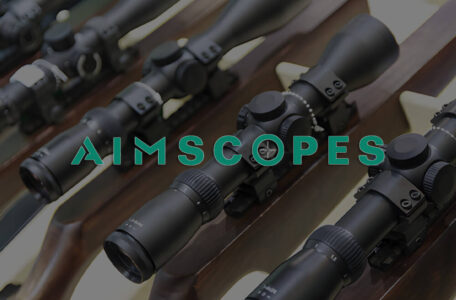At AimScopes, we pride ourselves on providing a diverse range of optical scopes, catering to various shooting needs. Understanding the classifications of scopes is essential for users to make informed choices based on their specific requirements. In this comprehensive guide, we delve into the two primary categories of optical scopes: white light scopes and night vision scopes.
White Light Scopes:
Keplerian Scopes:
Keplerian scopes are the most common type of optical scopes, widely used by military, law enforcement, hunters, and sports shooters. This design consists of a simple structure, making it highly prevalent in the market. AimScopes Keplerian scopes often feature illumination above the eyepiece, facilitating nighttime shooting.
Galilean Scopes:
While Galilean scopes are less common in civilian use, they find applications in anti-aircraft machine guns for high-angle shooting. AimScopes primarily focuses on Keplerian scopes for general shooting purposes and, therefore, excludes Galilean scopes from this discussion.
Reflex Sights:
Reflex sights, colloquially known as red dot sights, fall into two categories: open-window and enclosed-tube designs. The open-window structure is cost-effective but susceptible to external damage, while the enclosed-tube design enhances durability. AimScopes offers a range of reflex sights, including models with internal red dots for added reliability.
Optical Principles of Scopes:
Scopes operate based on two main working modes: pure optical and electro-optical. AimScopes specializes in pure optical scopes, which encompass white light scopes. The electro-optical category includes night vision scopes and fully functional scopes equipped with laser rangefinders, display screens, and ballistic software. These advanced scopes, once reserved for large weapons like cannons and tanks, have evolved into compact firearm accessories.
Working Principles of Keplerian Scopes:
Keplerian scopes, such as those offered by AimScopes, follow a basic optical principle. The scope acts as a single-tube telescope with two convex lenses, where the focal points of both lenses coincide. A reticle placed between the lenses facilitates precise aiming. Diopter adjustment mechanisms cater to variations in users’ eyesight conditions.
Conclusion:
In summary, AimScopes’ commitment to providing high-quality optical scopes revolves around an understanding of the diverse needs of shooters. By comprehending the classifications of scopes and the optical principles underlying their functionality, users can confidently select AimScopes products that align with their specific shooting requirements. Trust AimScopes for precision, reliability, and versatility in the world of optical scopes.



